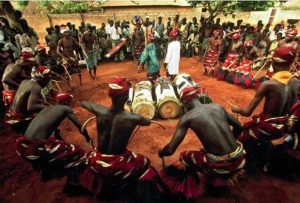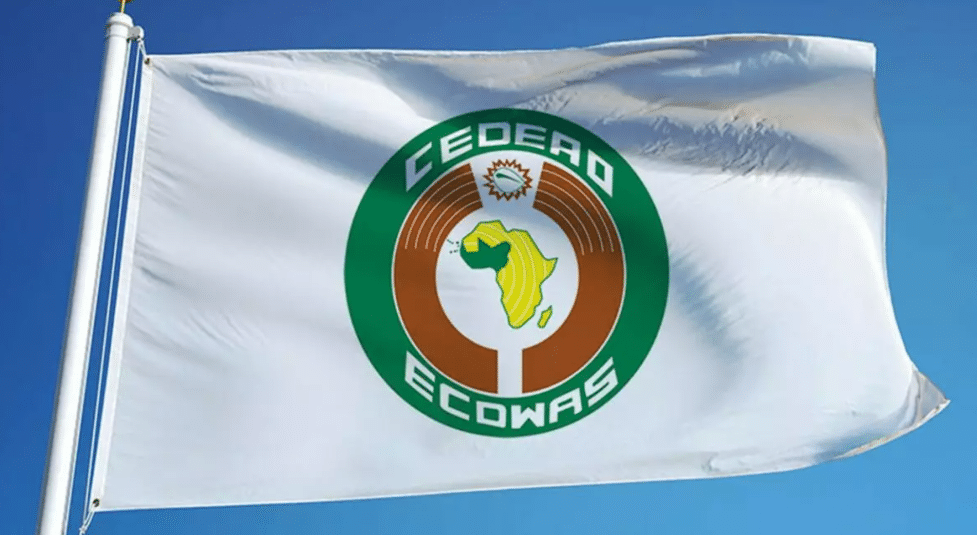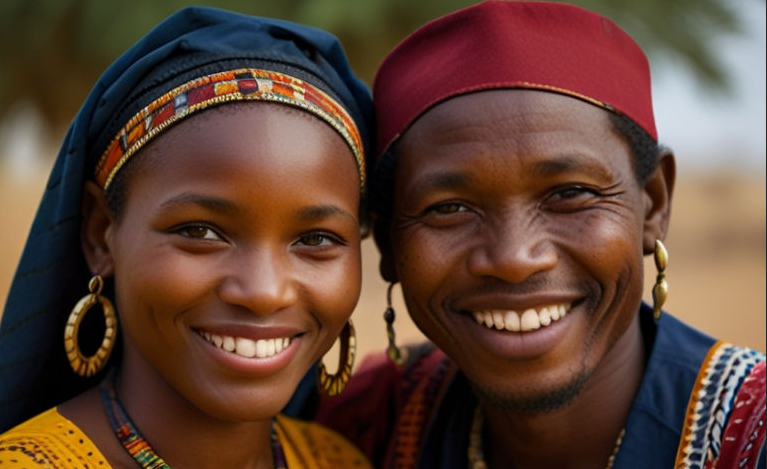
West Africa is a region that is known for its rich cultural diversity and history. One key factor contributing to this diversity is its unique communication practices. This article will delve into the various aspects of West African communication and how it plays a crucial role in shaping and preserving cultural identities.
Understanding West African Communication
Language is integral to any society, and West Africa is no exception. The region is home to over 2,000 different languages, each reflecting the unique traditions, beliefs, and values of the community it belongs to. The use of language is not just limited to verbal communication; non-verbal cues, gestures, and facial expressions also play a significant role in conveying messages.
Moreover, oral tradition and storytelling are deeply rooted in West African cultures. Through these narrative practices, knowledge, history, and moral lessons are passed down from generation to generation. The art of storytelling is not merely about entertainment but serves as a medium for preserving cultural heritage.
Regarding West African communication, it is crucial to understand that language goes beyond words. In many communities, speech’s tone, pitch, and rhythm are significant. For instance, in some cultures, a higher pitch may convey excitement or urgency, while a lower pitch may indicate seriousness or authority.
Furthermore, non-verbal cues play a crucial role in West African communication. Hand gestures, facial expressions, and body language can enhance or alter the meaning of spoken words. For example, a nod may signify agreement or understanding, while a raised eyebrow may indicate skepticism or surprise.
Another fascinating aspect of West African communication is the use of proverbs and idiomatic expressions. These concise and often metaphorical statements encapsulate cultural wisdom and provide insights into the values and beliefs of the community. Proverbs are frequently used in everyday conversations and convey complex ideas concisely and memorably.
Moreover, storytelling in West Africa is not limited to verbal communication alone. Traditional art forms such as dance, music, and visual arts also significantly convey messages and preserve cultural heritage. Stories are brought to life through intricate dance movements, rhythmic drumming, and vibrant costumes, engaging the audience’s senses and emotions.

It is important to note that the significance of communication in West Africa extends beyond individual interactions. In many communities, communication is seen as a collective endeavor, with the community responsible for effective communication. This collaborative approach emphasizes the importance of listening, understanding, and respecting the perspectives of others.
The Influence of West African Communication on Cultural Diversity
West African communication extends beyond the local communities and globally impacts cultural exchange. With the advancements in technology and international connectivity, the distinctive communication styles found in West Africa have gained recognition and admiration worldwide. This exchange of cultures and ideas helps foster a greater understanding and appreciation for the region’s diversity.
Moreover, West African communication is deeply rooted in the region’s history and traditions. The oral traditions, storytelling, and proverbs passed down from generation to generation form West Africa’s communication foundation. These traditions serve as a means of transmitting knowledge and wisdom and play a significant role in shaping the people’s cultural identity.
Furthermore, West African communication plays a vital role in art and literature. Writers and artists draw inspiration from the rich oral traditions and incorporate them into their works. This integration adds depth and meaning to their creations and helps preserve and promote West African cultural values globally.
Additionally, the influence of West African communication can be seen in various aspects of everyday life. From music and dance to fashion and cuisine, West African communication’s vibrant and expressive nature permeates different forms of cultural expression. West African communication leaves an indelible mark on the cultural landscape, whether it’s the rhythmic beats of traditional drumming or the intricate patterns of traditional textiles.
Moreover, the impact of West African communication extends beyond the artistic realm. It also plays a crucial role in fostering social cohesion and community development. The emphasis on communal values and collective identity in West African communication helps strengthen social bonds and promote a sense of belonging among individuals. This, in turn, contributes to the overall well-being and resilience of the communities.
Challenges and Opportunities in Studying West African Communication
Studying West African communication presents its own set of challenges and opportunities. One of the primary obstacles is the linguistic barriers that researchers may encounter. With numerous languages spoken in the region, finding effective ways to communicate and understand local communities requires patience, adaptability, and interdisciplinary collaboration.
When delving into the intricacies of West African communication, researchers must navigate the vast array of languages spoken across the region. Each language carries unique cultural nuances and expressions, from Hausa in Nigeria to Wolof in Senegal. This linguistic diversity poses a challenge for researchers seeking to understand communication patterns and practices in West Africa comprehensively. However, it also presents an opportunity to explore the rich tapestry of languages and their impact on social interactions and cultural identities.
Furthermore, the cultural context in West Africa adds another layer of complexity to the study of communication. Each country within the region has distinct traditions, customs, and social norms that shape how people communicate. For instance, in Ghana, proverbs are deeply embedded in everyday conversations, conveying wisdom and cultural values. In contrast, in Mali, griots, or traditional storytellers, play a crucial role in preserving history and transmitting knowledge through oral communication. Understanding these cultural nuances is essential for researchers to interpret and analyze communication practices in West Africa accurately.
However, new avenues for preserving and studying West African communication have emerged with the advent of technology. Digital platforms and mobile applications offer innovative ways to document and analyze various forms of communication. These advancements have simplified the research process and facilitated the preservation of endangered languages and cultural practices.
For example, developing language learning apps specifically designed for West African languages has enabled individuals worldwide to engage with and learn these languages. This promotes cross-cultural understanding and contributes to the preservation of linguistic diversity. Additionally, social media platforms have become virtual spaces where West Africans can connect, share their experiences, and engage in online conversations, transcending geographical boundaries.
Moving forward, there are still many unexplored areas in West African communication that await further research. Understanding the impact of communication on social dynamics, identity formation, and community development in West Africa holds excellent potential for unraveling the complexities of this diverse region.
For instance, exploring how communication practices influence community power dynamics can shed light on the existing social hierarchies and inequalities. Furthermore, investigating the role of communication in shaping collective identities and fostering social cohesion can provide valuable insights into the dynamics of community formation and maintenance.
Moreover, examining the influence of globalization and modernization on traditional communication practices in West Africa can offer a glimpse into how cultural traditions adapt and evolve in a rapidly changing world. This exploration can help researchers understand communities’ challenges in preserving their cultural heritage while engaging with the globalized world.
Conclusion
Exploring West African communication and its contribution to cultural diversity is enriching. The region’s unique linguistic landscape, oral traditions, and non-verbal communication practices are key factors that shape and preserve cultural identities. Additionally, West African communication has a global impact, fostering cultural exchange in various artistic and creative fields.
While studying West African communication presents challenges, technological advancements offer promising opportunities for overcoming linguistic barriers and preserving endangered languages. The future holds exciting prospects for further research in this field, paving the way for a deeper understanding of the intricate fabric of West African cultures.




